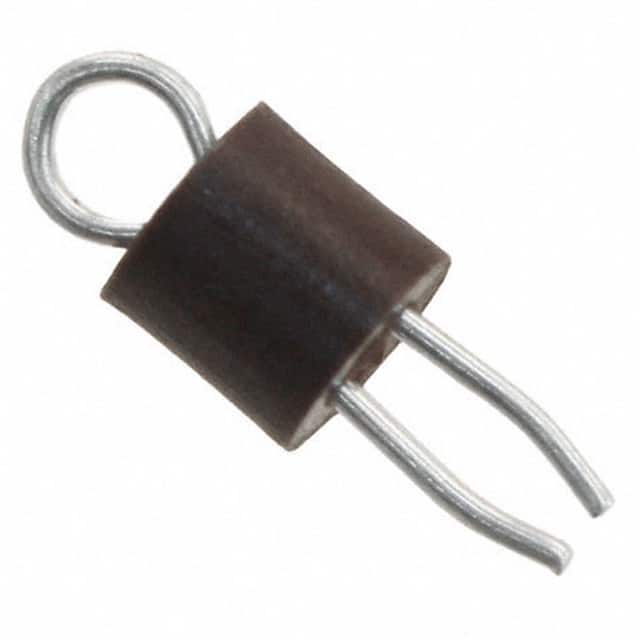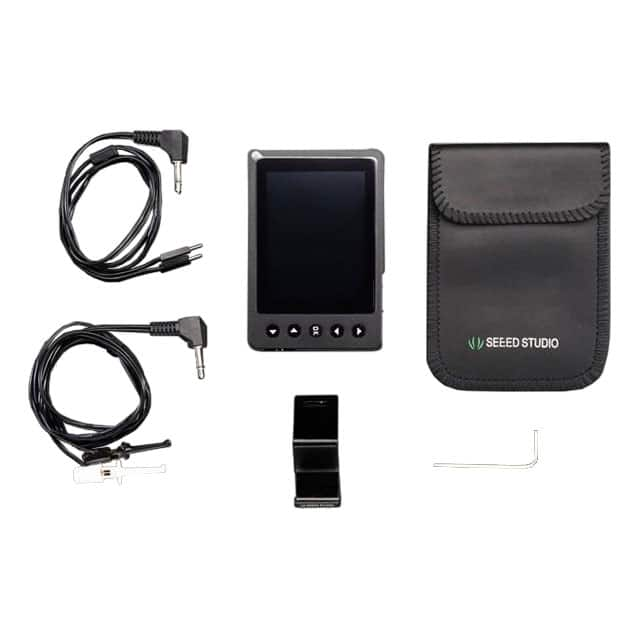Ⅰ. Test and Measurement
Ⅱ. Physical Characteristics of Test and Measurement
Ⅲ. Electrical Characteristics of Test and Measurement
Test and measurement refers to the process of evaluating the performance, quality, or other characteristics of a product or system using specialized tools, instruments, and methods. In a wide range of industries, test and measurement is used to ensure that products or systems meet required standards and specifications, and to identify any issues or defects that need to be addressed.

Some common types of test and measurement tools and instruments include:
1.Oscilloscopes: These are instruments used to measure and display electrical waveforms, such as voltage or current.
2.Multimeters: These are instruments used to measure electrical properties such as voltage, current, and resistance.
3.Signal generators: These are instruments used to generate electrical signals of specific frequencies, waveforms, and amplitudes.
4.Spectrum analyzers: These are instruments used to measure and display the frequency spectrum of a signal, typically used in RF and wireless communications applications.
5.Power supplies: These are instruments used to provide a stable, adjustable DC voltage or current to a circuit or device.
6.Environmental test chambers: These are specialized enclosures used to simulate different environmental conditions, such as temperature and humidity, to evaluate the performance and durability of products and systems.
7.Calibration equipment: These are instruments used to calibrate and verify the accuracy of other test and measurement instruments.

Test and measurement is used in a wide range of industries, including electronics, telecommunications, automotive, aerospace, and many others. By using specialized tools and methods to evaluate the performance and quality of products and systems, test and measurement helps ensure that they meet required standards and specifications, and that they are safe, reliable, and effective.
Physical Characteristics of Test and Measurement
The physical characteristics of test and measurement instruments and tools vary depending on their specific applications and functions. However, there are some general physical characteristics that are common to many test and measurement instruments. These include:
1.Size and weight: Test and measurement instruments can range in size from small handheld devices to large benchtop units, and in weight from a few grams to several kilograms. The size and weight of an instrument can affect its portability and ease of use.
2.Display: Many test and measurement instruments feature a display that shows the measured values or waveforms. The size and quality of the display can affect the ease of use and accuracy of the instrument.
3.Controls: Test and measurement instruments typically have a set of controls, such as knobs, buttons, and switches, that are used to adjust settings and functions. The placement and design of these controls can affect the ease of use and accuracy of the instrument.
4.Probes and accessories: Many test and measurement instruments require probes and other accessories to connect to the device or circuit being tested. The quality and design of these probes and accessories can affect the accuracy and reliability of the measurements.
5.Environmental requirements: Some test and measurement instruments may have specific environmental requirements, such as temperature, humidity, and vibration, in order to function properly. These requirements can affect the use and storage of the instrument.
6.Power requirements: Test and measurement instruments may require different types of power sources, such as batteries or AC power, depending on their application and function. The power requirements of an instrument can affect its portability and ease of use.
The physical characteristics of test and measurement instruments and tools are designed to ensure their accuracy, reliability, and ease of use in a variety of applications and environments.
Electrical Characteristics of Test and Measurement
The electrical characteristics of test and measurement instruments are critical to their performance and accuracy. These characteristics can vary depending on the type of instrument and its application, but some common electrical characteristics include:
1.Accuracy: The accuracy of a test and measurement instrument refers to its ability to measure a quantity or parameter correctly. This is usually expressed as a percentage of the full-scale reading, and it depends on factors such as the quality of the instrument, its calibration, and the conditions of the measurement.
2.Range: The range of a test and measurement instrument refers to the minimum and maximum values it can measure. Instruments with a wider range are more versatile, but they may have lower accuracy or resolution at the extremes of their range.
3.Resolution: The resolution of a test and measurement instrument refers to the smallest change in a measured quantity that it can detect. It is usually expressed as the number of digits or decimal places displayed by the instrument, and it depends on factors such as the quality of the instrument, its signal processing capabilities, and the conditions of the measurement.
4.Bandwidth: The bandwidth of a test and measurement instrument refers to the range of frequencies that it can measure accurately. Instruments with a wider bandwidth are more versatile, but they may have lower accuracy or resolution at the extremes of their bandwidth.
5.Impedance: The impedance of a test and measurement instrument refers to its resistance to the flow of electrical signals. Instruments with a higher impedance can measure signals more accurately and without affecting the circuit being tested, but they may also be more sensitive to noise and interference.
6.Sampling rate: The sampling rate of a test and measurement instrument refers to the number of times per second that it samples the signal being measured. Higher sampling rates can capture more detail in the signal, but they also require more processing power and memory.
The electrical characteristics of test and measurement instruments are critical to their performance and accuracy. They determine the instrument's ability to measure, analyze, and verify the performance and quality of a product or system, and they must be carefully chosen and calibrated to ensure reliable and accurate results.
标签:Test measurement



